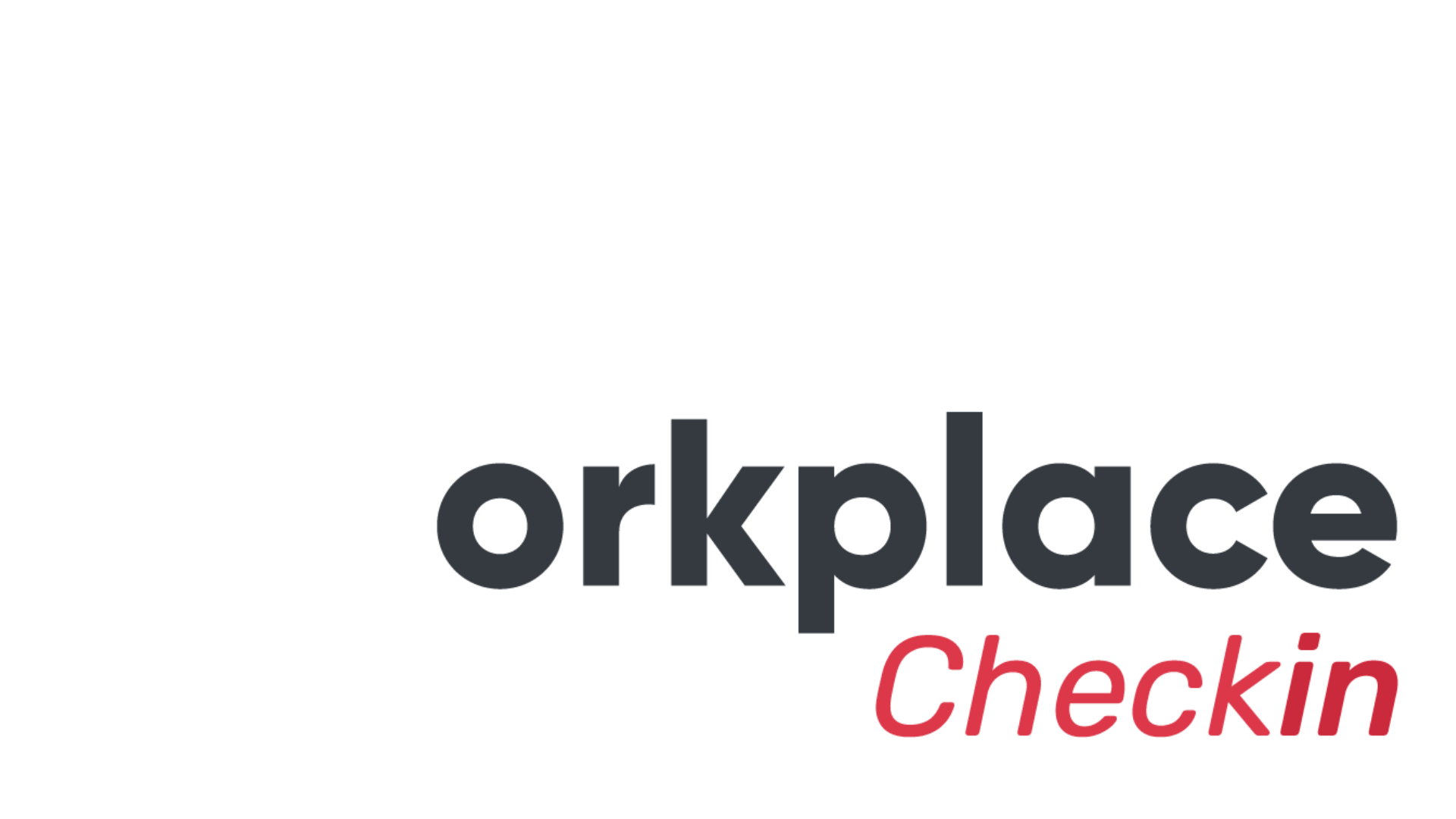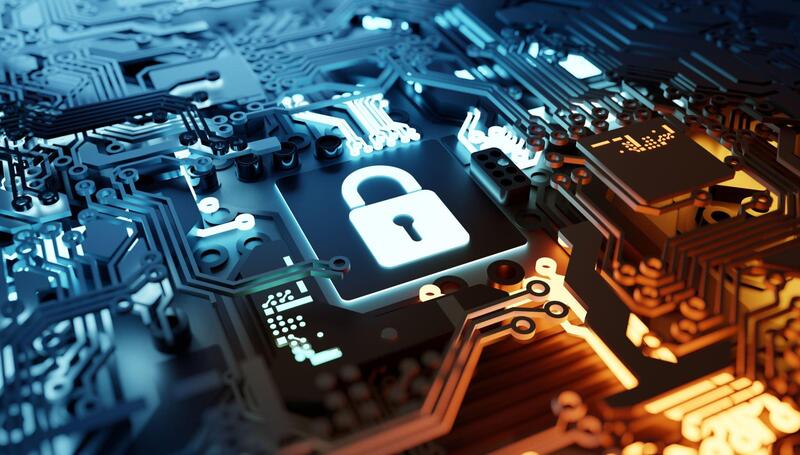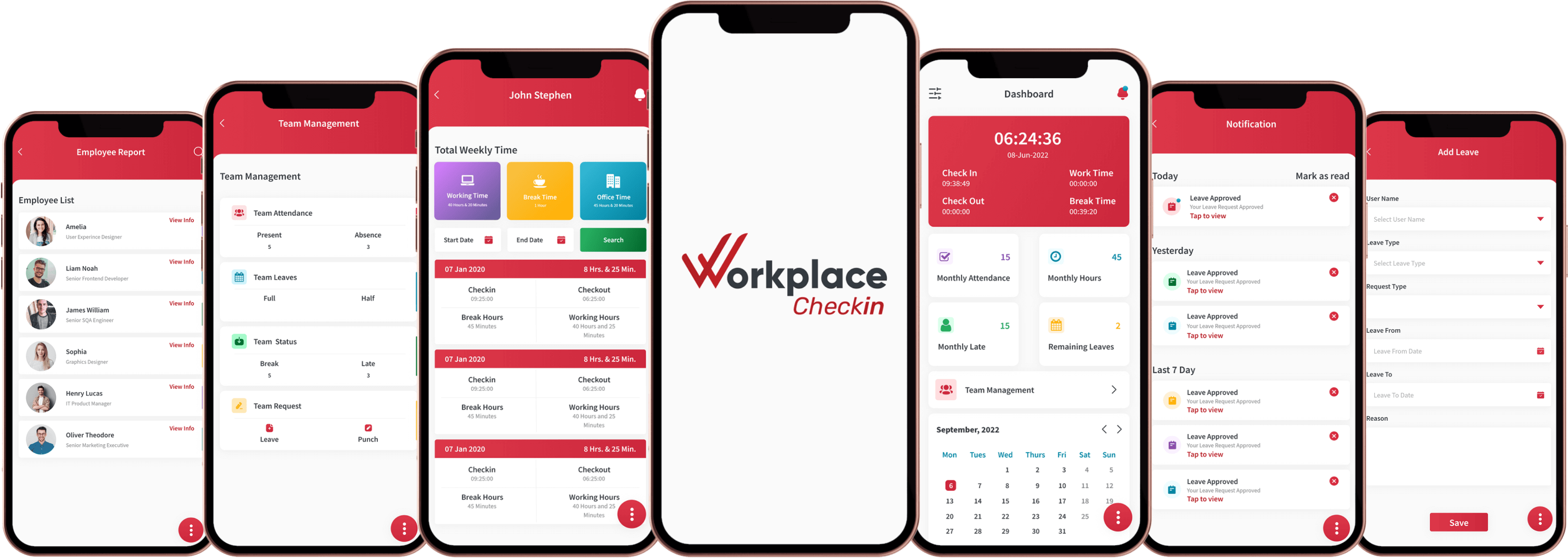

Ensuring Data Security in HR Database Management Systems
Navigating the Digital Age - Safeguarding HR Databases in a Connected World
In the relentless march of technology, where information serves as the lifeblood of modern businesses, the security of human resources (HR) databases stands as a linchpin in ensuring the integrity, confidentiality, and accessibility of critical employee data. As organizations transition from traditional record-keeping methods to sophisticated digital HR database management systems, the need to fortify these systems against a myriad of evolving cyber threats becomes increasingly urgent.
Importance of Data Security in HR Databases
At the heart of every thriving organization lies its workforce, and the data encapsulated within HR databases represents the bedrock of this human capital. From personal information and performance records to sensitive salary details, HR databases house a treasure trove of data that demands vigilant protection. Data security in HR databases extends beyond mere compliance; it is a fundamental pillar supporting the trust between employees and employers and is integral to maintaining the reputation and credibility of any organization.
Growing Concerns in the Digital Era
As we propel ourselves deeper into the digital age, the landscape of cyber threats continues to evolve, presenting new and more sophisticated challenges for HR professionals and database administrators. The increasing frequency and severity of data breaches and cyber-attacks underscore the critical need for organizations to adopt a proactive stance on data security. Failure to do so jeopardizes sensitive employee information and exposes organizations to legal ramifications, financial losses, and damage to their brand and customer trust.

This blog aims to unravel the intricacies of ensuring data security in HR database management systems. By exploring common threats, dissecting the anatomy of HR database security, and outlining best practices, organizations can navigate the complex terrain of cybersecurity, safeguarding their most valuable asset – their people – in an interconnected and data-driven world. Let us embark on a journey to understand the challenges, opportunities, and best-in-class strategies for securing HR databases in the digital age.
Common Threats and Risks in HR Databases
Overview of Security Threats
In the digital ecosystem where HR databases are pivotal in managing sensitive employee information, comprehending the spectrum of security threats is imperative. Unauthorized access, data breaches, and insider threats lurk as formidable adversaries, posing inherent risks to the confidentiality and integrity of HR databases.
Unauthorized Access
The first line of defense for any HR database is restricting unauthorized access. Unauthorized access occurs when individuals gain entry to the system without proper permissions. This could result from weak authentication protocols, compromised login credentials, or inadequate access controls. Understanding and mitigating this threat is crucial to prevent data manipulation, theft, or unauthorized viewing of confidential employee information.
Data Breaches
Data breaches represent one of the most severe threats to HR databases. These incidents involve unauthorized access to sensitive information, often resulting in the compromise of personal data. The repercussions of a data breach can be profound, encompassing financial losses, legal consequences, and irreparable damage to an organization's reputation. Examining past data breaches provides valuable insights into the tactics employed by malicious actors and underscores the need for robust security measures.
Insider Threats
While external threats often take the spotlight, insider threats pose a significant risk to HR databases. Employees or trusted individuals within the organization may unintentionally or maliciously compromise data security. This can range from accidental data leaks to intentional data manipulation or theft. Understanding the motivations and circumstances that lead to insider threats is crucial for implementing preventive measures.
Case Studies: Notable Security Incidents in HR Databases
To illustrate the real-world impact of these threats, this section delves into notable security incidents in HR databases. Case studies provide concrete examples of the consequences organizations face when security measures fall short. Examining incidents such as high-profile data breaches or instances of unauthorized access sheds light on the vulnerabilities that organizations must address.
Understanding the nuances of these common threats is the first step toward fortifying HR databases against potential risks. In subsequent chapters, we will explore strategies, best practices, and technological solutions to mitigate these threats and build a resilient defense against evolving cybersecurity challenges in human resource management.
Anatomy of HR Database Security
Encryption Protocols and Techniques
In the intricate web of HR database security, encryption stands as a stalwart defender against unauthorized access and data breaches. This section delves into the various encryption protocols and techniques to safeguard the confidentiality and integrity of sensitive information within HR databases.
Data Encryption at Rest and in Transit
The foundation of robust HR database security lies in data encryption at rest and in transit. Data encryption at rest ensures that stored information remains indecipherable to unauthorized individuals. This involves encrypting data when it is stored on disks, servers, or any other storage medium. Similarly, data encryption in transit involves securing information as it traverses networks or communication channels. Exploring encryption methods, such as Advanced Encryption Standard (AES) or RSA, provides insights into the arsenal of tools for safeguarding HR databases.
Access Controls and User Authentication
Adequate access controls and user authentication mechanisms form the second pillar of HR database security. This section elucidates the importance of implementing stringent access controls to regulate user permissions. User authentication, through methods like multi-factor authentication (MFA), ensures that only authorized personnel can access the HR database. Understanding the nuances of these mechanisms is paramount for preventing unauthorized entry and securing sensitive employee information.
Role-Based Access: Best Practices
Going beyond mere access controls, role-based access adds a layer of granularity to HR database security. This approach tailors access permissions based on an individual's organizational role. For example, HR managers may have different access levels than regular employees. This section outlines best practices for implementing role-based access, ensuring that employees only have access to the information necessary for their roles.
Understanding the intricate details of encryption protocols, access controls, and user authentication provides organizations with the knowledge to fortify their HR databases against potential security breaches. The next chapter will further explore best practices for securing employee data, offering a comprehensive guide for HR professionals and database administrators navigating the complexities of data security in human resource management.
Best Practices for Securing Employee Data
Regular Security Audits and Assessments
In the dynamic landscape of HR database security, vigilance is key. This chapter underscores the significance of regular security audits and assessments as proactive measures to identify vulnerabilities and fortify defenses.
Overview of Regular Security Audits
Routine security audits are critical to maintaining the integrity of HR databases. This section explores the importance of periodic assessments, detailing how they help identify potential weaknesses, ensure compliance with security policies, and ultimately fortify the HR database's overall security posture.
Assessing Vulnerabilities and Weaknesses
Delving into the process of security audits, this subsection examines how organizations can systematically assess vulnerabilities and weaknesses. Whether through penetration testing, vulnerability scanning, or code reviews, understanding and addressing potential points of exploitation is essential for shoring up the security of employee data.
Employee Training on Data Security
While technological safeguards are crucial, the human element plays a significant role in data security. This section emphasizes the importance of employee training in creating a culture of security awareness within the organization.
Raising Awareness
Educating employees about the risks associated with mishandling sensitive data fosters a sense of responsibility and awareness. This includes understanding the consequences of data breaches and each employee's role in maintaining a secure HR database.
Establishing Security Policies
Clearly defined security policies form the backbone of a secure HR environment. This subsection explores developing and implementing comprehensive security policies, covering aspects such as data handling, password management, and incident response. Ensuring employees are well-versed in these policies contributes significantly to maintaining a secure HR database.
Data Backups and Disaster Recovery Plans
In the event of unforeseen circumstances or security incidents, having robust data backup and disaster recovery plans is paramount. This section outlines best practices for implementing effective backup strategies and developing methods to recover data swiftly and efficiently.
While the technological aspects of HR database security are crucial, the human factor and preparedness for unforeseen events are equally vital. Organizations can bolster their defenses by incorporating these best practices, creating a robust framework for securing employee data within HR databases. The subsequent chapter will explore implementing robust security measures in HR database systems, providing practical insights for organizations seeking to fortify their data security infrastructure.

Implementing Robust Security Measures in HR Database Systems
Choosing Secure HR Database Software
Selecting the right HR database software is the foundational step in fortifying data security. This section navigates the key considerations and features organizations should prioritize when choosing a secure HR database system.
Features to Look for in Secure Database Systems
Understanding the features that contribute to a secure HR database system is essential. This subsection explores crucial aspects such as encryption capabilities, access controls, audit trails, and regular security updates. Examining these features empowers organizations to make informed decisions and choose software that meets their data security requirements.
Cloud-Based Solutions and Security Considerations
With the proliferation of cloud-based solutions, this section addresses the unique security considerations associated with hosting HR databases in the cloud. It explores the benefits and challenges of cloud-based HR systems and outlines best practices for ensuring data security in the cloud environment.
Integration of Artificial Intelligence for Threat Detection
Integrating artificial intelligence (AI) becomes a strategic move for proactive threat detection as the threat landscape evolves. This subsection delves into how AI can enhance HR database security by identifying anomalous patterns, detecting potential threats, and automating responses to mitigate risks effectively.
Understanding how to choose and leverage secure HR database software is pivotal in establishing a robust defense against potential security breaches. The subsequent chapter will present case studies, shedding light on organizations that have successfully implemented security measures and navigated challenges in HR database management. These real-world examples will provide valuable insights for organizations seeking to fortify their HR data security infrastructure.
Case Studies - Security Success Stories
Company A: Overcoming a Potential Data Breach
This case study delves into the experiences of Company A, a forward-thinking organization that successfully navigated a potential data breach. It explores the proactive security measures implemented, including robust encryption, continuous monitoring, and swift incident response. By examining the steps taken and lessons learned, organizations can gain valuable insights into fortifying their HR databases against potential security threats.
Company B: Effective Implementation of Access Controls
Company B's success story revolves around effectively implementing access controls in its HR database system. This case study outlines how the organization strategically employed role-based access, stringent authentication mechanisms, and regular access reviews. By understanding Company B's approach, organizations can learn best practices for regulating user permissions and preventing unauthorized access to sensitive employee data.
Company C: Navigating Security Challenges in Cloud-Based HR Databases
The cloud-based HR database system of Company C faced unique security challenges. This case study explores how the organization overcame these challenges through robust encryption protocols, strict access controls, and continuous monitoring. Insights from Company C's experience provide valuable guidance for organizations considering or currently utilizing cloud-based HR solutions, offering strategies to ensure data security in a cloud environment.
By examining these security success stories, organizations can draw inspiration and practical insights for enhancing their HR database security measures. Real-world examples illuminate the effectiveness of various strategies and technologies, enabling readers to apply these lessons to their unique contexts. As we conclude the case studies, the subsequent chapter will recap the essential points discussed throughout the blog and offer recommendations for organizations seeking to bolster their HR database security frameworks.






